Iran grants Canada investigators access to downed plane
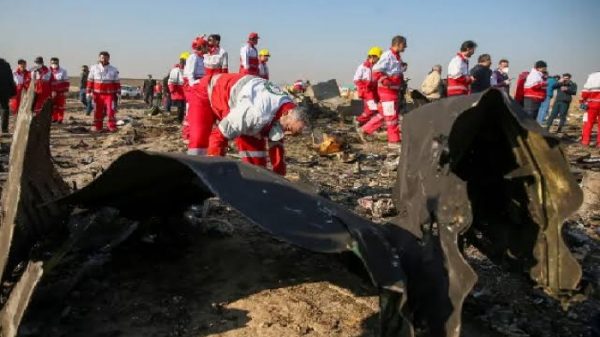
Shawdesh Desk: Canadian investigators flying to Tehran on Monday will access the wreckage and black boxes from a Ukranian jetliner downed by a missile strike last week, officials said.
“We don’t fully know what the scope of our investigation will be,” Transportation Safety Board (TSB) chair Kathy Fox told a press conference.
However, she added, “there have been early signs that Iran is allowing the TSB to play a more active role than is normally permitted.”
Two Canadian investigators were to land in Tehran within hours, followed by two more in the coming days or weeks.
They have been invited by Iran, which is leading the crash probe, to participate in the downloading and analysis of the aircraft’s cockpit voice and data recorders.
They will also be allowed to visit the crash site and the wreckage of the plane that is being reassembled in a nearby hanger.
“We do know what has happened. What we don’t know is why it happened,” Fox commented before listing off questions surrounding the crash that still need to be answered.
These include whether the missile strike was intentional or not, and why the air space was open amid heightened tensions in the region.
The Ukraine International Airlines Boeing 737 was shot down by a missile shortly after taking off from Tehran before dawn last Wednesday, killing all 176 passengers and crew on board.
Fifty-seven of the victims were Canadian.
London talks
Earlier, Canada’s foreign minister announced that a Canadian-led group of nations that lost citizens would press Iran for an open and transparent investigation at a meeting in London on Thursday.
“We have convened the first in-person meeting of the International Coordination and Response Group on Thursday at Canada House in London,” Francois-Philippe Champagne said in a Twitter message.
In their meeting, foreign ministers from Canada, Ukraine, Sweden, Afghanistan and Britain will seek to maintain pressure on Iran for full access, as well as renew calls for transparency and accountability.
The group will also discuss seeking compensation for the families of the victims.
Long-standing US-Iran tensions have soared since January 3 when missiles fired from a US drone killed a top Iranian commander, Qasem Soleimani, near Baghdad’s airport.
Iran responded with a barrage of missiles at two US bases in Iraq, inflicting no casualties in what was seen as an attempt to prevent a spiral of escalation.
But hours later, an Iranian Revolutionary Guard unit mistakenly shot down the Ukrainian passenger jet, in what Iranian President Hassan Rouhani called a “human error.”


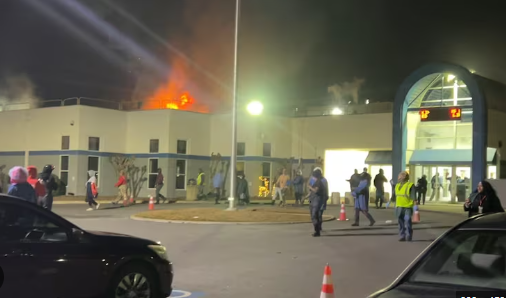
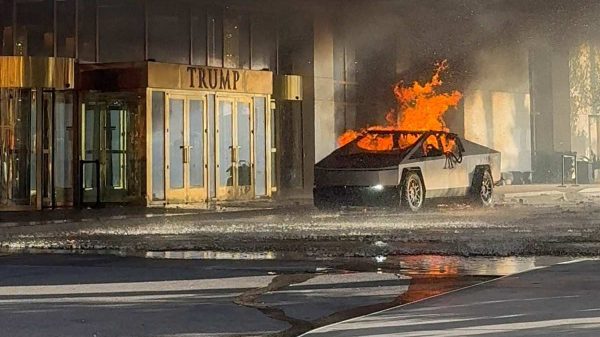
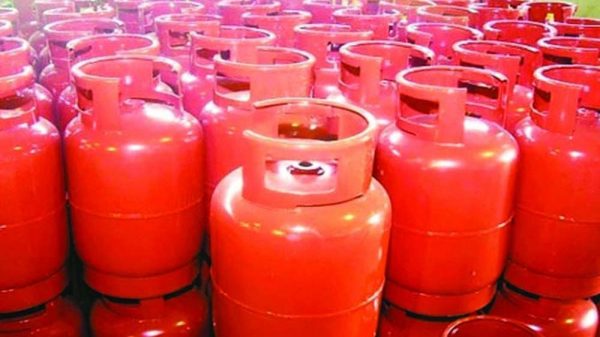
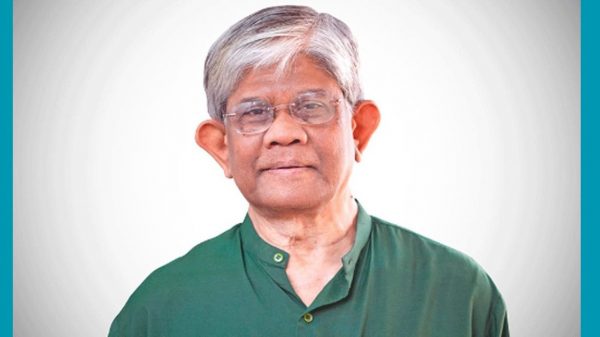
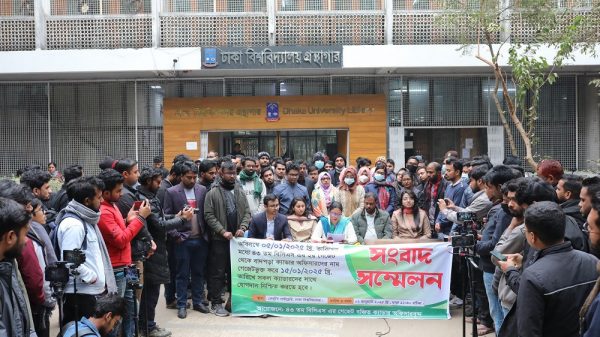


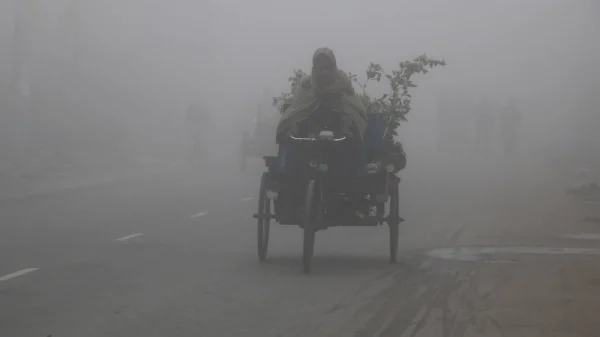
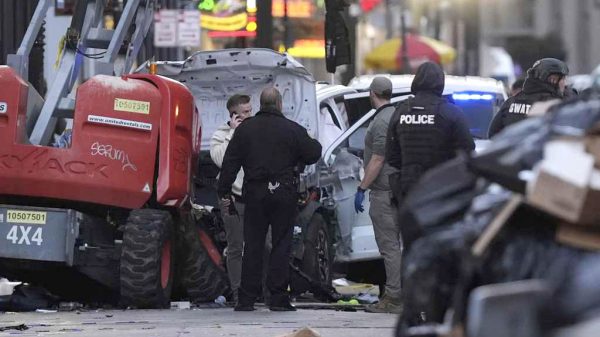





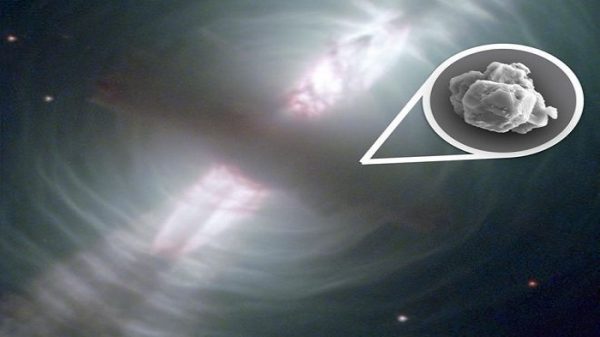


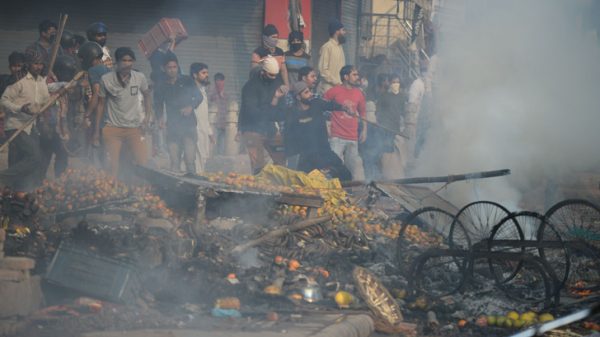



Leave a Reply